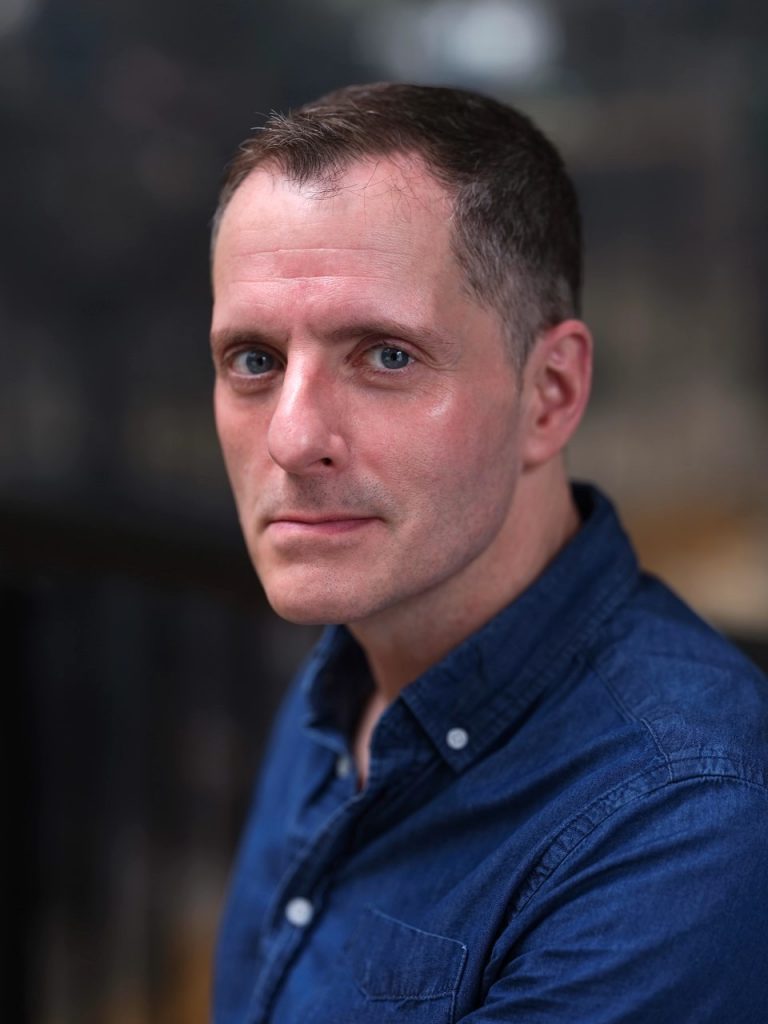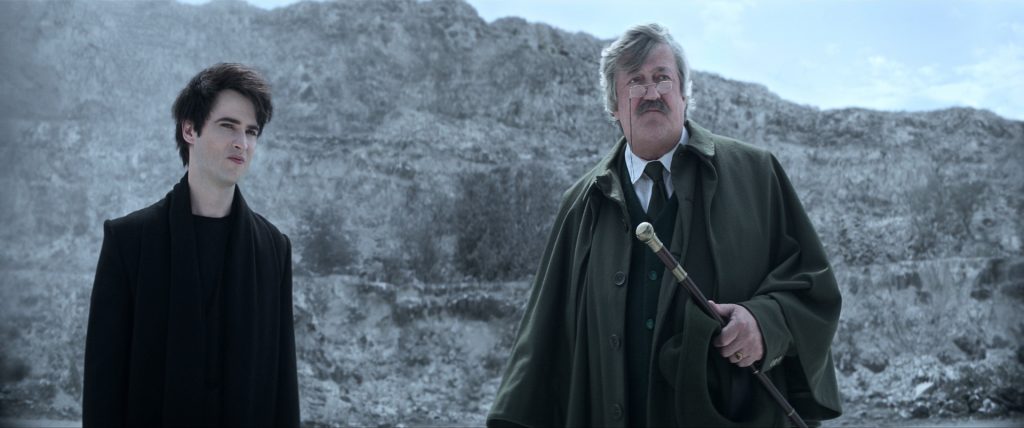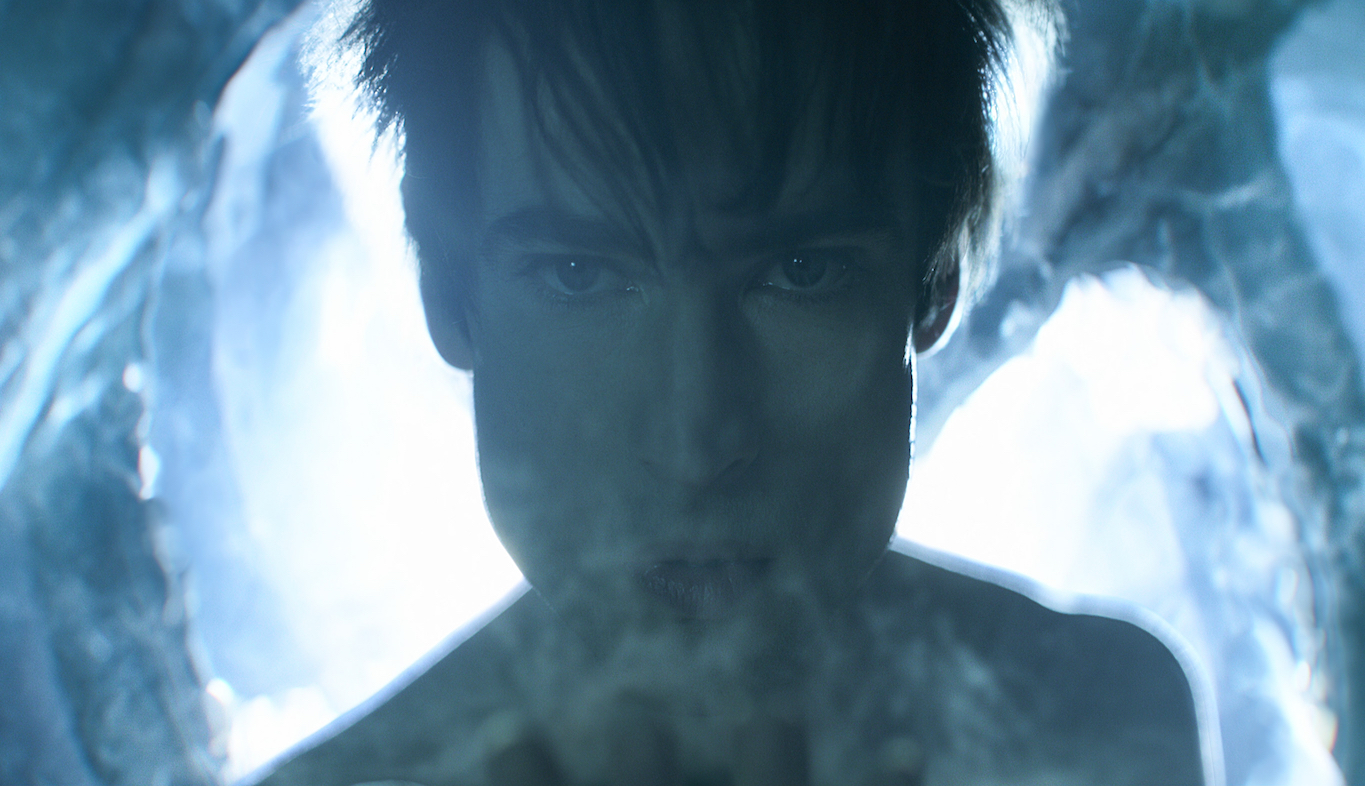Minor spoilers ahead.
Writer/producer Allan Heinberg is a chameleon. He can write it all. From comics to television to features, he’s been gifting us since the late 90s with his brilliant writing. There’s no particular genre he can be associated with either. He adapts to whatever project he’s working on. Comedy. Fantasy. Adventure. Drama. Teen Drama. He appeals to the child and adult in all of us.
Allan has written for Marvel and DC Comics, rebooting Wonder Woman with artist Terry and Rachel Dodson. Then he brought Diana Price to the big screen when he penned 2017s blockbuster Wonder Woman. For the smaller screen, he’s written for Party of Five, Sex and the City, The Gilmore Girls, The O.C., Grey’s Anatomy, Scandal, and The Catch, all very different types of TV shows.
His latest foray is into the shadowy, capricious domain of The Sandman, Neil Gaiman, Sam Keith, and Mike Dringenberg’s DC Comic series that combines dark fantasy and contemporary mythology. All ten episodes of the first season of The Sandman are a visual feast. It stars Tom Sturridge, Boyd Holbrook, David Thewlis, Patton Oswalt, Stephen Fry, Charles Dance, and Vivienne Acheampong.

Allan Heinberg
The Sandman is complex. When you started adapting it, what was the first aspect you tackled?
David S. Goyer and I went to Neil’s [Gaiman] house in Woodstock for two days. We got right to work. We discussed a broad overview of material for season 1.
Breaking down the first episode, we talked about how do you get an audience to fall in love with a character who’s naked, in a cage, and doesn’t speak?
We discussed dramatizing the span of 100 years and the sleeping sickness. We knew we had to have balance in the story, revealing Dream progressively like in the comic. We knew it would be frustrating for the audience if the first episode only contained the Burgesses and Dream in prison. We started out focusing on the structure of the first episode and how it ended. David wrote the beginning, I wrote the middle, and Neil wrote the end. Then I collected those sections and put them together.
Which episode was the most difficult to write?
Episode 3. We wrote many versions of it. At first, we made it far too complicated because there wasn’t enough inherent conflict in the comic, so we invented it. David was helpful in cutting things down for this episode.
What character do you relate to the most in The Sandman and why?
I relate to all of them. I have to tap into myself for each of them. When I was writing Dream’s dialogue, it reminded me of what it means to be a showrunner! I needed to know what Dream was thinking and feeling all the time. I had an intimate knowledge of his character for a prolonged amount of time, so I’d say I know him the best.
Besides The Sandman, what’s your favorite graphic novel series and why?
Alan Moore changed comics forever when he took over Swamp Thing. Brian Bendis’ comics Alias and Jessica Jones also had a profound effect on me.
When you have multiple projects on your plate, how do you handle completing them on time?
I’m a one project at a time person. I get obsessed with what I’m doing and become totally immersed in it. Showrunning is a lot of different jobs in one that I like doing, but I’m in awe of those who always juggle all those aspects of a project.
Do you have any advice for those wanting to get into comics?
I fell in love with comics at early age and at a certain point wanted to find out how the magic worked. I read a lot of comics and spoke to comic writers like Jeph Loeb and Geoff Johns. I approached comic writing with a lot of love and humility. It’s best to love what you do. That works for me.

Dream (Tom Sturridge) & Gilbert (Stephen Fry). Photo courtesy of Netflix
Do you have any advice about revising work?
When I was on Party of Five, John Romano ran it. When someone would give me notes on a scene, I’d start that whole scene over from scratch. If you get notes about something specific, it’s best to reevaluate the scene as a whole.
What is Morpheus’s relationship to Lucifer?
They were very close before Lucifer fell. They have an intimate history comprised of love and hurt feelings. They’re very competitive. Their history is what makes their scenes so powerful.
How about Dream’s relationship to Death?
It’s sweet. He gets to be a little brother. She’s the only one he can be vulnerable with. They have a tender relationship.
You write for various media. Do you have a favorite?
I don’t. Form should follow function. I think I love doing television more than movies, but I like them both. There are advantages to doing each medium.
Do you approach writing a television script the way you do a feature?
There are certain structural differences in the format, but the arc building and scene making are the same. I want to make sure the plot makes sense and that there’s emotional development in each scene. I ask myself, “Why does this scene exist?” Then I examine each scene from beginning to end.
What other projects are you working on?
I’m currently working on The Sandman season 2. That’s where my focus is.
You wrote for Sex and the City. Is writing comedy more difficult than writing drama or fantasy?
The priorities with Sex and the City were the emotional comedy of the characters. Each character was so specifically drawn that they each had a point of view that was distinct and hilarious. Their differences are what created the conflict and fun. It was different from a sitcom, where every line has to be punchline.
What does Season One of The Sandman cover?
The first season ends with Issue #16 of the comic.

